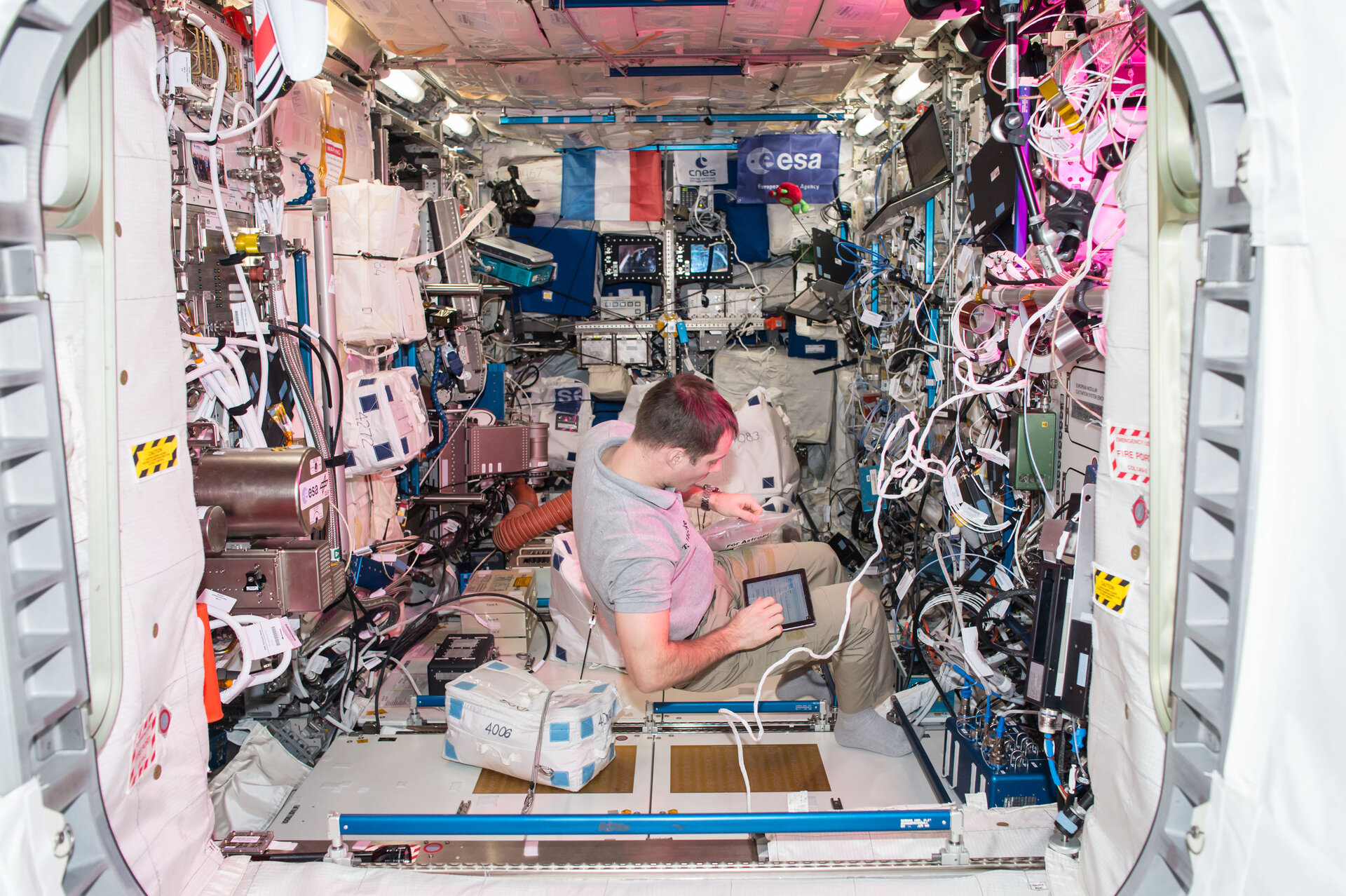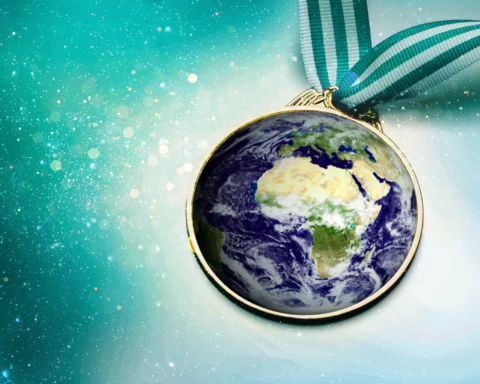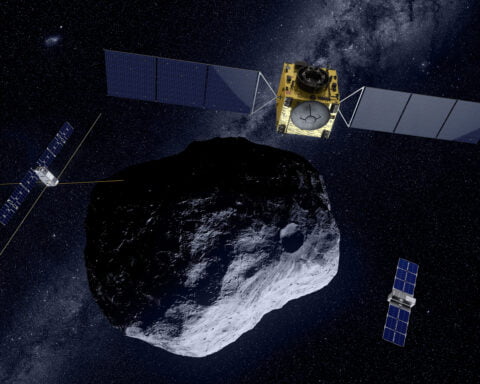The ESA astronaut of French nationality lived and worked on the Space Station for 196 days during his first mission, Proxima, between November 2016 and June 2017. Thomas is one of 18 European astronauts to have spent time on board and will return for his Alpha missionin spring 2021.
Thomas is seen here working in the European Columbus laboratory that was launched to the Station in February 2008.
The Columbus laboratory is Europe’s largest single contribution to the International Space Station. Permanently attached to the Harmony module, this pressurised laboratory allows researchers on the ground, aided by the Station’s crew, to conduct a wide variety of research in a weightless environment.
Experiments in space science, Earth observation and technology can also be conducted outside the module, thanks to four exterior mounting platforms that are exposed to the vacuum of space. Room outside Columbus for commercial experiments is also on its way, with the Bartolomeo services due to begin operations soon.
During his upcoming Alpha mission, Thomas will continue this research and experimentation on the International Space Station supported by his crewmates and ground teams from ESA, the US space agency NASA, Russian space agency Roscosmos, the Canadian Space Agency and the Japanese space agency JAXA.
This enduring international partnership is a key feature of the Space Station as nations work across cultures and borders, performing science, research and engineering that has led to breakthroughs in disease research, materials science, Earth observation, our understanding of Earth’s origins and more.
This work helps humankind explore even farther while enhancing life here on Earth – setting Europe in good stead for its journey forward, beyond low Earth orbit to the Moon.





